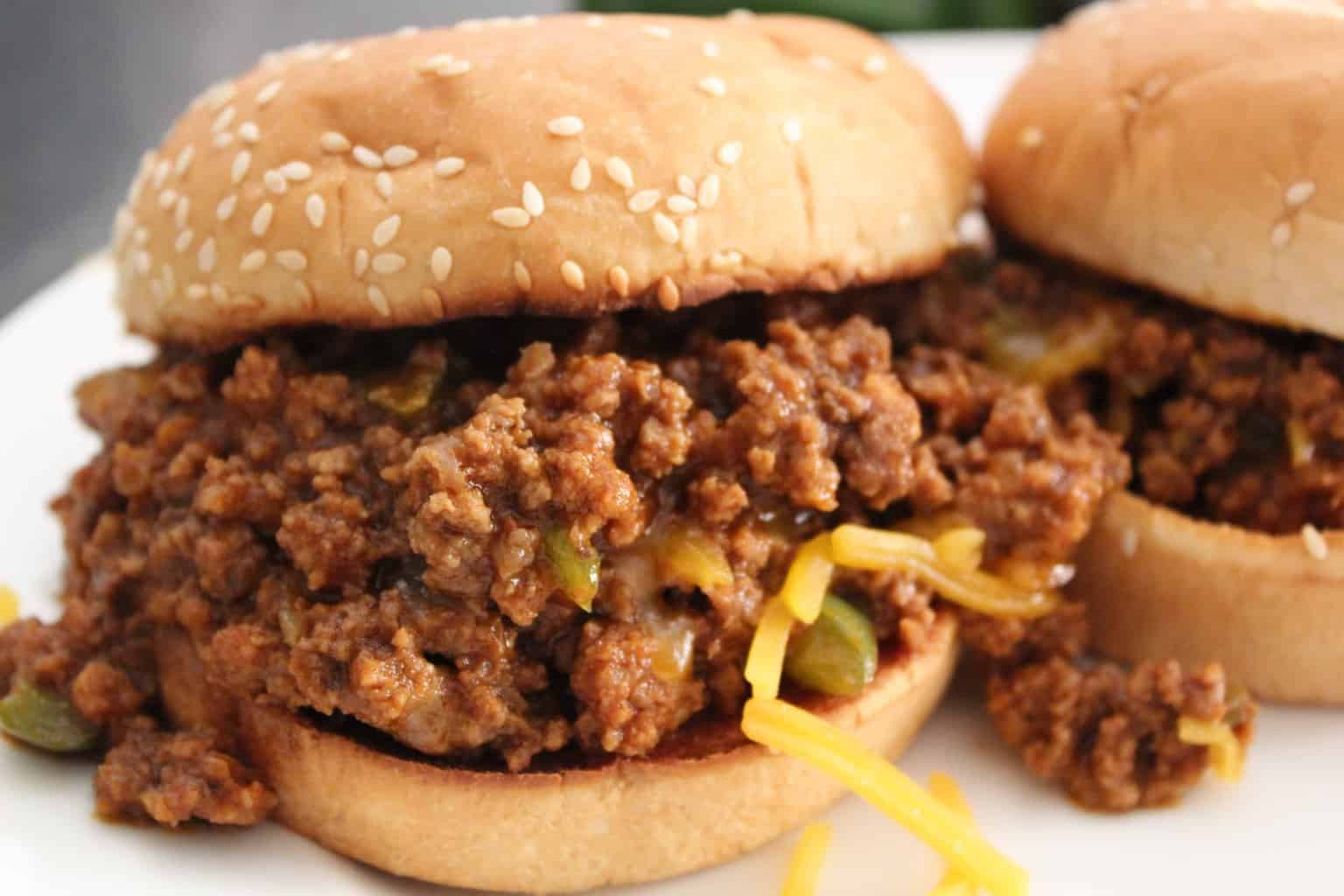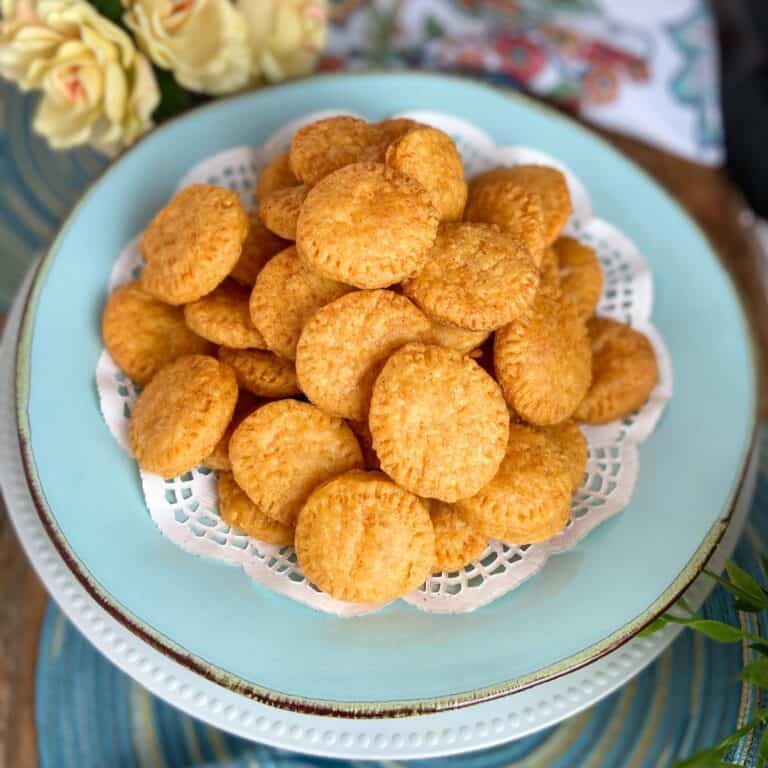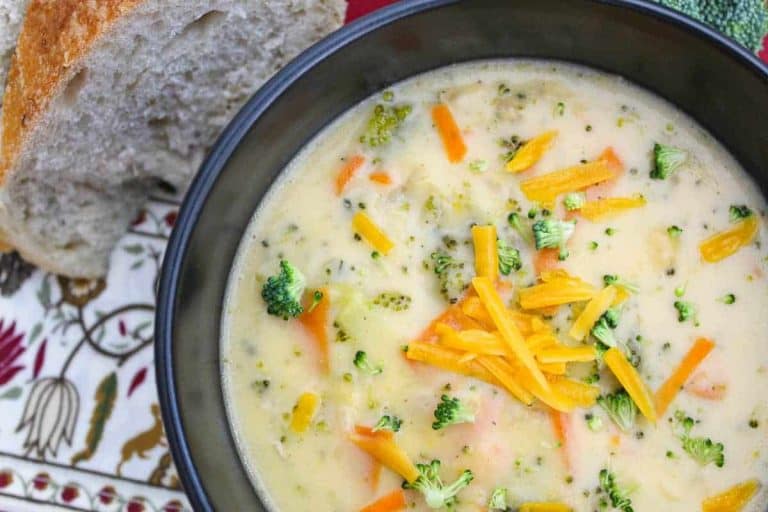How To Properly Thaw Beef, Pork, Poultry and Seafood
Proper thawing techniques for beef, pork, poultry and seafood are one of the first things taught in culinary schools…it’s part of a semester-long “food safety” course and while it is seemingly boring, it is imperative to know, particularly if you plan on eating or serving what you cook from your home kitchen!

Most experienced home cooks will probably skim past this, thinking, “blah, blah, blah” but, if you prepare and serve food to others, you certainly want to ensure you are implementing proper food safety techniques.
If you’ve ever gotten sick after eating at a friend’s house, you’ll totally understand where I’m coming from.
What Exactly is Foodborne Illness?
Foodborne illness is caused by harmful bacteria, viruses, chemicals and parasites in food. These elements may come from a variety of sources: farms, storage, transportation, packaging or through preparation.
While there are many ways to prevent foodborne illness, properly thawing meat is an important step in ensuring safe food.
Freezing meat preserves the shelf-life of meat, (allowing for safe preparation at a later date), and affords us to purchase normally expensive meats at a sale price and freeze for later use.
However, if you do not thaw the frozen meats properly, you’ve not only wasted your money, but you run the risk of making your friends and family sick…literally.
NEVER THAW BEEF, POULTRY, SEAFOOD OR PORK AT ROOM TEMPERATURE OR IN WARM OR TEPID WATER
Temperature is Vital
Freezing is 32ºF and 0ºC. Refrigerator temperatures should be at least 40ºF or 4.4ºC. Boiling is 212ºF or 100ºC. In between freezing and boiling, there is an area called The Danger Zone, where temperatures are perfect for harmful bacterial, parasitic and viral growth.
Thawing Techniques
Refrigerator Method:
- Beef, pork, poultry and seafood can be safely thawed in the refrigerator
- The meat should always remain in its original packaging
- Poultry should always be thawed on the bottom shelf of the refrigerator
- Beef and seafood can be stored on an upper shelf; pork can be thawed on a shelf above the poultry, but below the beef.
- Properly thawing meat in the refrigerator requires space and time. If you’re short on both, you might consider the cold water sink method which requires the meat be placed in its original packaging in a bowl of cold water. The water must be cold and changed at least every 30 minutes.

Cold Water Sink Method
All proteins can be safely thawed in the sink in cold water provided the meat is wrapped securely and the water is changed within every 30 minutes.
No protein should EVER be thawed in tepid or warm water, particularly poultry. Tap water is generally within The Danger Zone–it’s not cold to start with and when it sits out for awhile, it will gradually warm up.
Beef & Poultry: Sink Water Method of Thawing
Poultry is more often associated with salmonella bacteria, which is encouraged to grow in warmer environments. Ground beef is also suspect to bacterial growth in warm environments due to the nature of its processing.
The best way to ensure safe thawing is to either place the meat in the refrigerator at 40ºF or place it in a bowl of cold water in the sink. Again, the sink water must be cold and changed at least every 30 minutes.
Why ground beef must be cooked at a higher temperature than a steak:
Ground beef is put through a grinder, allowing air to permeate throughout the meat, resulting in a higher risk of bacterial growth.
A steak, however, is different because it has been sliced from the animal, therefore, the incidence of bacteria permeating the interior of the steak is minimized. This is why you can have a medium rare steak, but should not have a medium rare burger.
Thawing Ground Beef in the refrigerator
Ground beef should be thawed either in the refrigerator, in its original wrapping and on the top refrigerator shelf OR by the cold water sink method. To properly thaw ground beef via sink method, place the beef in a large bowl and cover it with cold tap water.
After 30 minutes, pour off the water and add new, cold tap water. Repeat until ground beef has thawed, perfect for a weeknight Salisbury steak!
Thawing Ground Beef on the stove
Let’s say you wanna make a delicious Sloppy Joe’s for dinner, but the ground beef is frozen. Because the beef has already been ground , it is safe to thaw ground beef on the stove top while cooking it on medium high heat.
It will need to be continually monitored. You’ll have to turn it, break it up with a spatula, whatever it takes to break it into smaller pieces. When there is NO pink, and the ground beef is is at least 160ºF, it is safe to eat.
Thawing Poultry
First, poultry should never be rinsed. Doing so increases the risk of spreading any existing salmonella to your sink and surrounding areas.
Most poultry has been cleaned at the manufacturing plant; however, if the watery overlay on packaged poultry bothers you, the best method is to wipe it down with a paper towel.
Chicken breasts, thighs, wings, whatever…if it’s frozen and needs to be thawed properly, there are two methods:
- On the bottom shelf of the refrigerator, in the original wrapping OR
- The cold sink water method. Again, the water must be cold and changed at least every 30 minutes. Cooked poultry is only safe to eat once it has reached an internal temperature of 165ºF.
Thawing poultry for crockpot cooking
- If you’re making a chicken dish in the slow-cooker, like Slow Cooker Chicken Carnitas, the chicken must be completely thawed before it is placed in the Crockpot.
- Never place frozen poultry in the slow-cooker, you run the risk of The Danger Zone
- The Crockpot isn’t hot enough in the beginning of the slow-cooking process to eradicate any possible salmonella
Never place thawed, uncooked meat or poultry back into the freezer.
Thawing Seafood
- Seafood can be properly thawed in the refrigerator, on the top shelf, or via the cold sink water method.
- When thawing un-packaged lobster, shrimp or scallops, the refrigerator method works best due to the texture of the crustacean. (Here, un-packaged refers to the crustacean being purchased from the meat department, free of packaging, and wrapped in paper.)

Lobster, shrimp and scallops tend to have a more fibrous, sinewy texture and when they are thawed directly via the cold water sink method (un-packaged), they tend to get water-logged and gooey.
If you want to thaw unpackaged crustaceans via the cold water sink method, place the crustacean in a waterproof bag, then place the bag in a bowl and cover with cold water.
Properly thawing pork or turkey
Is it safe to rinse pork and turkey?
- Pork and turkey, like poultry, should never be rinsed; doing so could potentially distribute bacteria to other parts of your sink and kitchen
- Prior to thawing, wipe it down with a paper towel
- Place the pork (or turkey) in a water-proof bag and either place the bag in the refrigerator below beef and above poultry or, in a sink full of cold water
- If using the cold sink water method, place the water proof bag in a big bowl and cover the pork with water, changing the water every 30 minutes.
- Once the pork or turkey is thaw, plan on preparing it immediately.
THE DANGER ZONE
It is well known that cold foods should be kept cold and hot foods kept hot. But, if you don’t know exactly what “cold” and “hot” mean, then you’ll need a thermometer.
- Cold foods can be safely stored in the refrigerator and/or freezer at less than 40ºF
- Hot foods can safely be stored at 140ºF or above. Anything between 40ºF and 140ºF is in what is referred to The Danger Zone
The Danger Zone is the temperature range where bacteria can multiply. This range would include room temperature, or a sink full of tepid tap water.
If your refrigerator is overloaded and crowded, the temperature might need to be checked because a crowded refrigerator can lower the air flow, thus, lower the temperature.
Food safety is not to be taken lightly and it is our duty, as cooks, parents, friends and family, to do everything we can in the kitchen to ensure our friends and family enjoy a clean, healthy, safe meal–every meal.
Knowing how to How To Properly Thaw Beef, Pork, Poultry and Seafood ensures safe food for everyone!
To learn more about Food Safety, visit: The U.S. Department of Health and Human Services or Center for Disease Control and Prevention.
Related topics:
- Chicken Cordon Bleu
- Mustard Panko Crusted Pork Tenderloin
- How to Fix Over-Salted Foods
- Restaurant Quality Fried Catfish
- Louisiana Shrimp Etouffee
- Homemade Chicken and Dumplings
- Chicken Pot Pie










Good article Smarty Pants. I use the cold water method and yet learned a few things.
Thank you, Pat! Food safety is really important. You wouldn’t believe how many people discount this notion at home…and yet, the majority of food illness is usually derived from the home kitchen. Cook safely my friend!